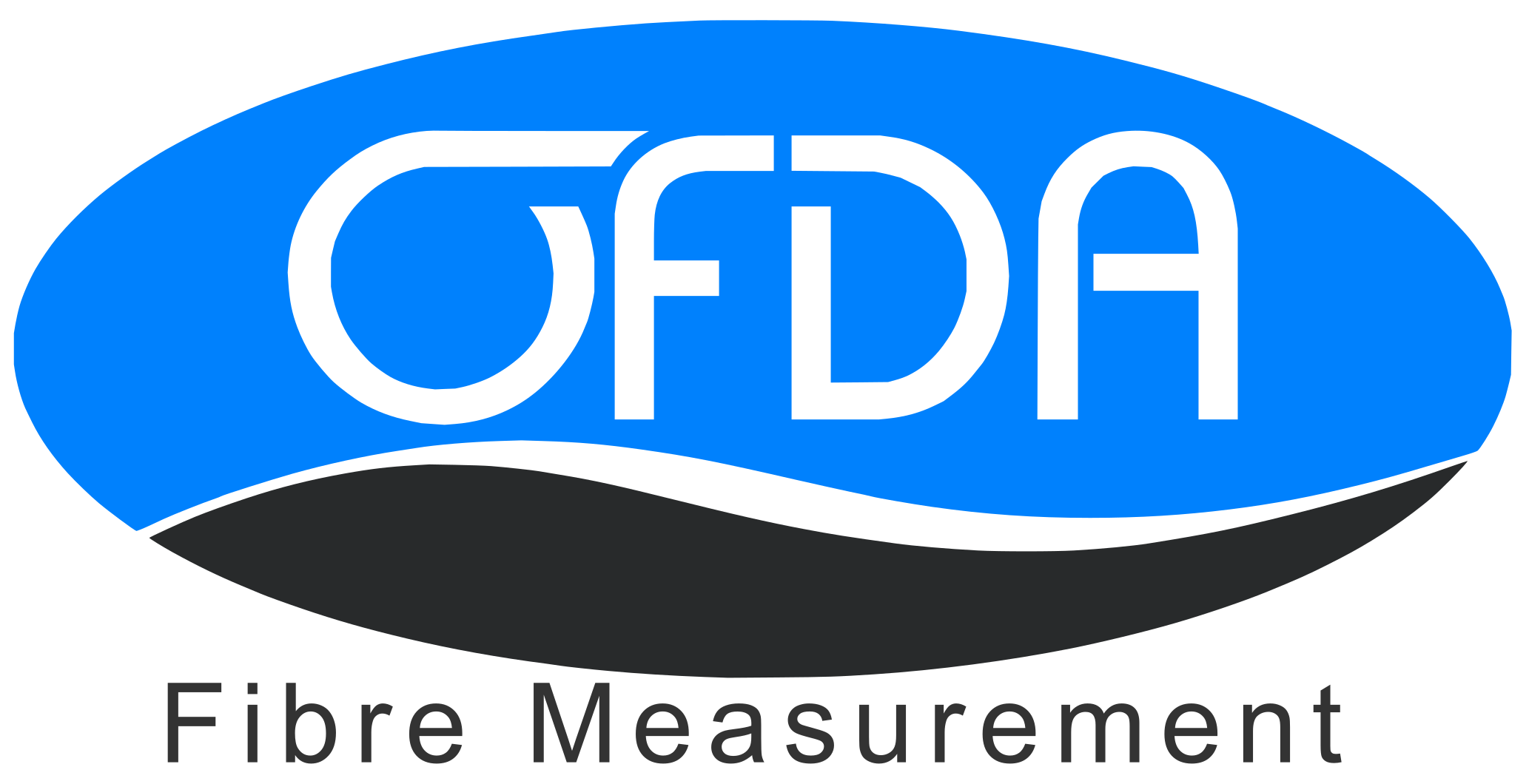The Future of Hemp Fibre: Quality Analysis with OFDA Technology
- Thomas Hegerty
- Mar 25
- 3 min read
Hemp fibre has been used for centuries in textiles, ropes, and industrial materials. Today, as industries shift towards sustainability, hemp fibre is gaining renewed attention for its strength, durability, and eco-friendly properties. However, ensuring the highest quality of hemp fibre requires precise analysis of its characteristics, such as fibre diameter, length, and consistency.
At Robotic Vision, we specialise in advanced fibre analysis technology, helping hemp growers and manufacturers assess fibre quality efficiently. Our Optical-based Fibre Diameter Analyser (OFDA) provides precise measurements that enable better processing, higher-quality textiles, and sustainable production methods.
In this article, we explore the qualities of hemp fibre, its advantages, and how OFDA technology plays a vital role in ensuring its performance in modern industries.
What is Hemp Fibre?
Hemp fibre is derived from the stalks of the hemp plant (Cannabis sativa). Unlike cotton or wool, hemp fibres are longer, more durable, and resistant to pests, making them an excellent choice for various textile and industrial applications.
Characteristics of Hemp Fibre
Strong and Durable – Hemp fibre is one of the strongest natural fibres, making it ideal for clothing, ropes, and industrial fabrics.
Breathable and Moisture-Wicking – It has natural antibacterial properties and absorbs moisture efficiently, keeping fabrics fresh and comfortable.
Environmentally Friendly – Hemp grows quickly with minimal pesticides and water, making it a sustainable alternative to synthetic fibres.
Naturally UV Resistant – Hemp fabric offers protection against UV rays, making it an excellent material for outdoor apparel.
Despite its numerous benefits, hemp fibre quality varies based on factors such as cultivation conditions, harvesting methods, and processing techniques. This is where Optical-based Fibre Diameter Analyser (OFDA) technology plays a crucial role.
How is Hemp Fibre Quality Measured?
Traditionally, hemp fibre quality was assessed manually, which was time-consuming and prone to inconsistencies. Today, OFDA technology revolutionises the process by providing accurate and rapid analysis of fibre characteristics.
OFDA Technology in Hemp Fibre Analysis
OFDA instruments use advanced optical measurement techniques to evaluate key fibre properties, ensuring optimal quality control. Here’s how it works:
Fibre Diameter Measurement: The OFDA2000 measures individual fibre diameters in real-time, ensuring consistency in hemp fibre processing.
Fibre Length Assessment: The OFDA4000 determines fibre length and uniformity, which impacts the strength and durability of finished hemp textiles.
Crimp and Elasticity Analysis: By evaluating crimp structure, OFDA helps manufacturers understand hemp fibre’s resilience and suitability for various applications.
Automated Data Processing: OFDA technology provides instant and detailed reports, allowing hemp producers and textile manufacturers to make informed decisions.
With these precise measurements, hemp fibre can be categorised efficiently, leading to higher-quality end products and greater market value.
The Importance of Hemp Fibre Testing
Accurate fibre testing benefits every stage of the hemp textile supply chain, from farmers to manufacturers. Here’s why it’s essential:
Ensuring Consistent Quality: Hemp fibre varies in thickness and texture, affecting its usability in textiles. OFDA analysis ensures uniformity, reducing processing challenges and improving textile quality.
Enhancing Performance in Textiles: With precise fibre analysis, hemp-based fabrics become softer, more durable, and better suited for various applications, from fashion to industrial materials.
Supporting Sustainable Practices: By using advanced fibre measurement technology, hemp producers can reduce waste and optimise resource use, making hemp textiles more sustainable.
Increasing Market Value: High-quality, tested hemp fibre commands higher prices, benefitting both growers and manufacturers by ensuring premium products reach consumers.
Ready to Optimise Your Hemp Fibre Quality?
As the global textile industry shifts towards eco-friendly materials, hemp fibre is poised to play a significant role. At Robotic Vision, we are committed to innovating fibre analysis technology, ensuring that hemp producers have access to the best testing solutions available.
With our state-of-the-art OFDA instruments, businesses can confidently produce superior-quality hemp fibre, reinforcing its position as a sustainable and high-performance textile.

